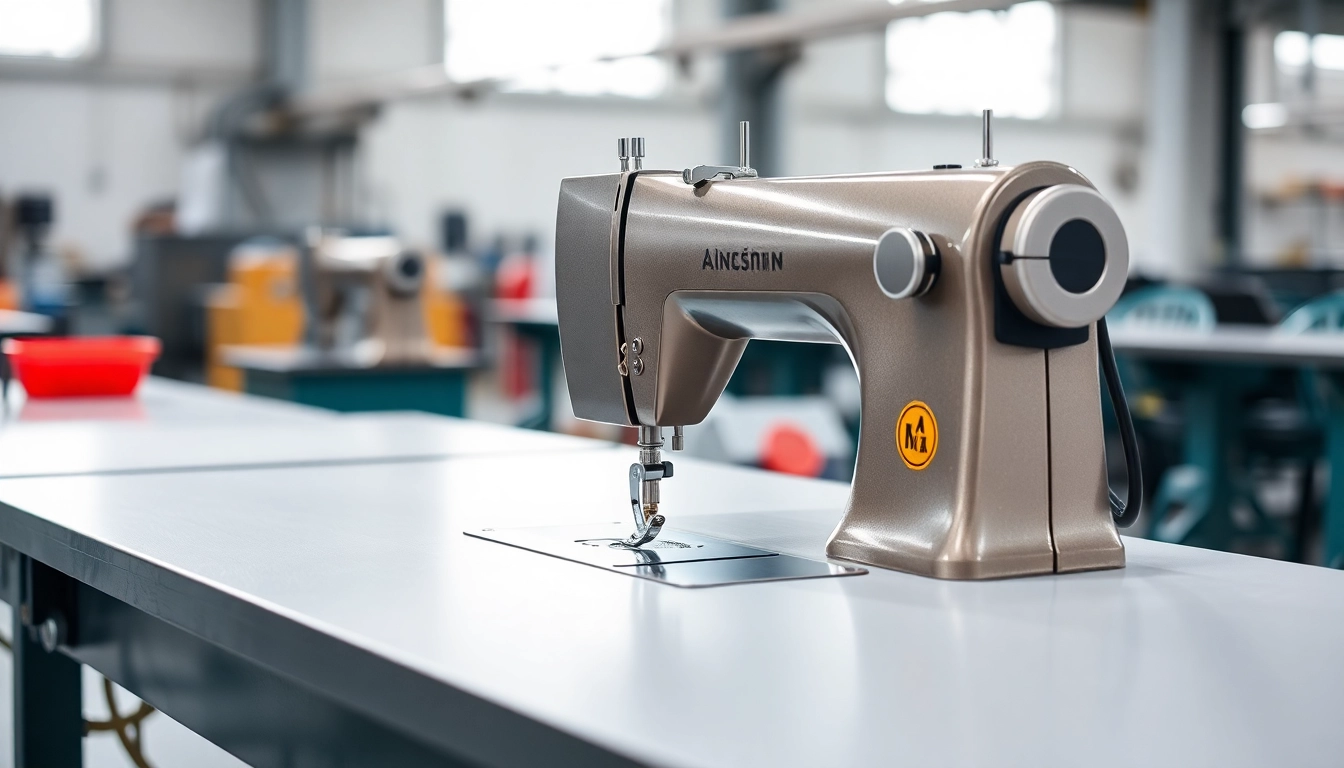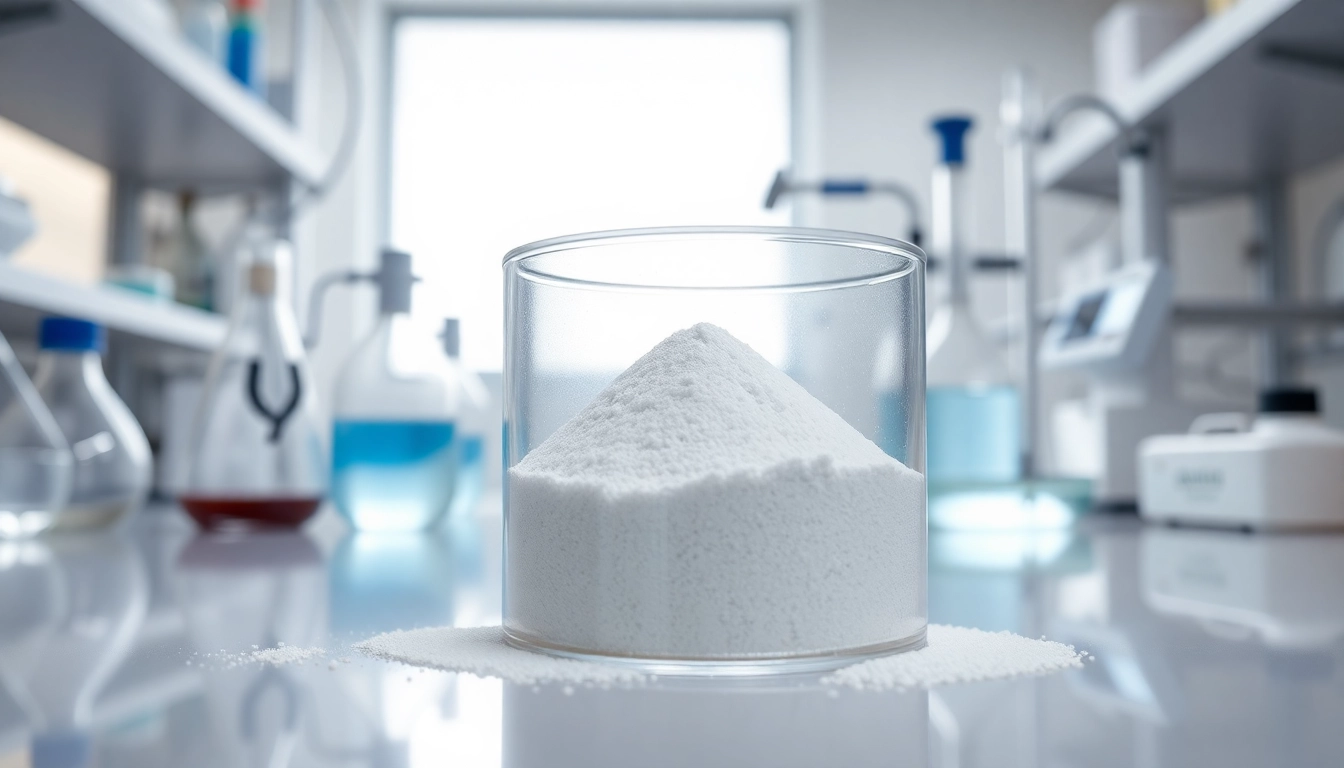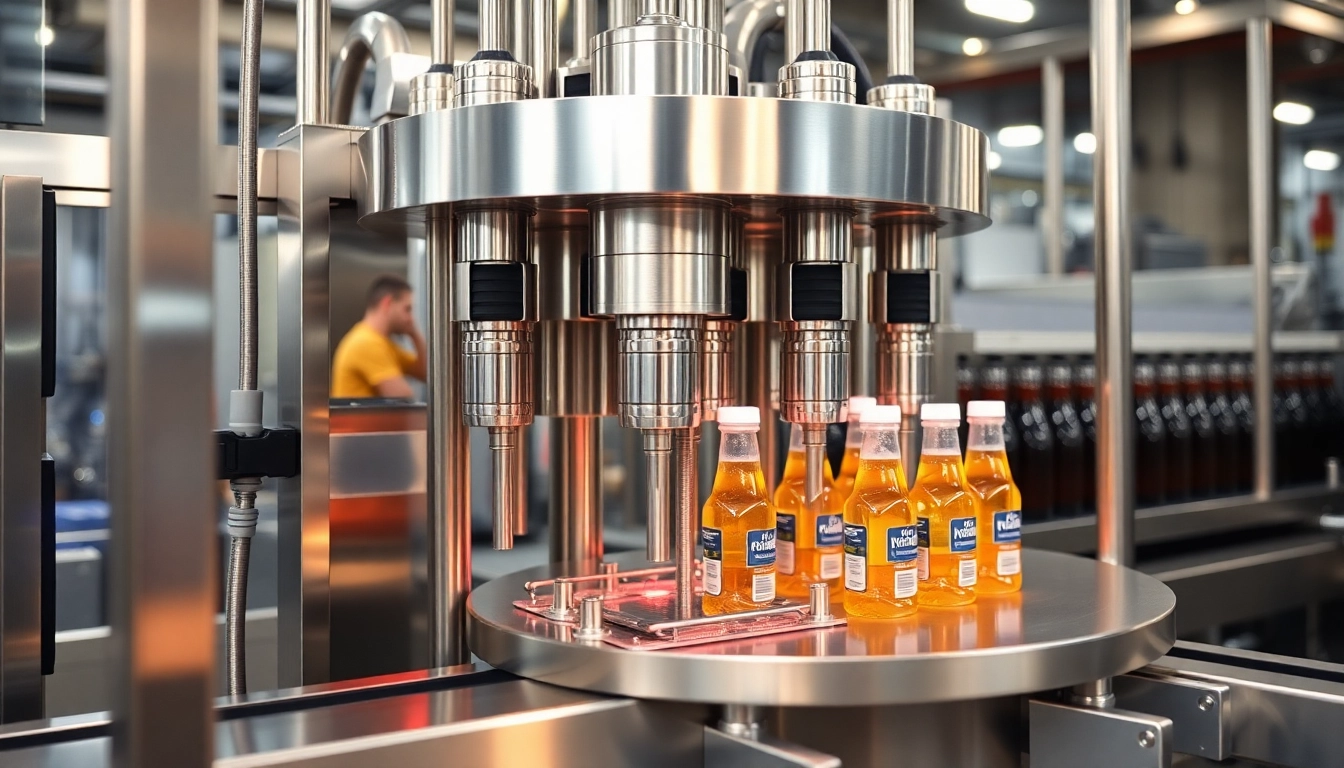1. Introduction to Filling Machines
What is a Filling Machine?
A filling machine is an essential piece of equipment used in various industries to dispense precise amounts of liquid, powder, or granular substances into containers, such as bottles, jars, or pouches. These machines operate on various principles, including gravity, volumetric, and pressure systems, ensuring accuracy and efficiency during the filling process. With advancements in technology, a modern filling machine can significantly streamline production workflows, minimize operational costs, and enhance overall product quality.
Importance in Various Industries
Filling machines are prevalent across many sectors, such as food and beverage, cosmetics, pharmaceuticals, and chemicals. In the food industry, for instance, filling machines ensure that products like sauces, juices, and dairy items are filled accurately, preserving their quality and safety. In pharmaceuticals, precise measurements are crucial for medications, whereby filling machines play a pivotal role in ensuring compliance with regulatory standards. Given the vast array of applications running across multiple industries, the demand for reliable and advanced filling machines continues to grow.
Key Features of Modern Filling Machines
Today’s filling machines come equipped with numerous features designed to enhance functionality, efficiency, and safety. Some key characteristics include:
- Automation: Many filling machines are fully automated, reducing the need for manual intervention and increasing production speed.
- Multi-Product Capability: Advanced filling machines can handle a variety of products and sizes, allowing for flexibility in production lines.
- Accurate Measurement: Modern filling machines utilize sensors and precision tools that ensure each container is filled to the exact predetermined volume.
- Easy Cleaning and Maintenance: These machines are designed for quick disassembly and cleaning, which is crucial for industries requiring stringent hygiene standards.
- Smart Technology Integration: Many machines now incorporate IoT capabilities, enabling them to monitor performance in real-time and ensuring optimal operation.
2. Types of Filling Machines
Manual vs Semi-Automatic vs Fully Automatic
Understanding the different types of filling machines is essential for choosing the right one for your operational needs. They are generally categorized into three levels of automation:
- Manual Filling Machines: These machines require human intervention for filling processes. They are ideal for small-scale operations or startups since they have lower initial costs
- Semi-Automatic Filling Machines: These machines automate certain tasks such as filling, while operators still play a crucial role in monitoring and adjusting settings as needed. They strike a balance between efficiency and worker oversight, making them suitable for mid-scale production.
- Fully Automatic Filling Machines: These are high-speed machines capable of handling all aspects of the filling process with minimal human intervention. They are best suited for large-scale manufacturing operations, where efficiency and consistency are paramount.
Specialized Filling Machines: Volumetric and Piston Fillers
Filling machines can also be further specialized based on the product being filled:
- Volumetric Fillers: These machines fill containers based on a set volume. They are commonly used for liquids and can be further classified into others like gravity, pressure, or piston volumetric fillers.
- Piston Fillers: These machines utilize a piston to draw a precise volume of liquid into a chamber before dispensing it into a container. This method is highly accurate and is often used for thicker liquids or pastes.
- Gravity Fillers: In gravity filling systems, liquid is allowed to flow from a tank into a container due to gravity. This type is most effective for thin liquids and semi-viscous products.
- Pressure Fillers: These fillers employ positive pressure to push the liquid into the containers ensuring a faster fill rate, ideal for less viscous liquids.
Choosing the Right Type for Your Needs
When selecting a filling machine, consider the following factors:
- Product Type: Depending on whether you are filling liquids, powders, or granulated products, the type of filling machine will vary.
- Production Volume: Assess the scale of your production needs. Semi-automatic machines are better for lower volumes, whereas fully automatic machines cater to high-volume production.
- Container Specifications: Ensure that the filling machine can accommodate the types and shapes of containers you intend to use.
- Budget: Your budget constraints may also dictate the level of automation and type of machine you can afford.
3. Key Considerations for Selecting a Filling Machine
Production Volume and Speed
The production volume is a crucial aspect to determine when selecting a filling machine. Evaluate your existing production capacity and future needs. High-speed filling machines can range from 20 to 600 containers per minute, significantly affecting throughput and operational efficiency.
Container Size and Shape Compatibility
Container size and shape influence the type of filling machine you need. Ensure that the equipment can handle the specific dimensions and weight of the containers used in your operations. Specialized adapters and filling nozzles may be required for unique container shapes.
Maintenance and Support Services
Evaluate the manufacturer’s reputation in terms of after-sales support and maintenance. Regular maintenance is crucial for keeping the machines running efficiently, and a reliable service provider can help with repairs and spare parts supply when necessary. Factor in warranty details and service agreements when making a purchasing decision.
4. Best Practices for Operating Filling Machines
Safety Standards and Guidelines
Operational safety is paramount when dealing with filling machines. Ensure that all operators are trained on safety protocols to reduce the risk of accidents. Adhere to industry safety standards and guidelines to protect both personnel and products. Proper personal protective equipment (PPE) should be utilized to avoid exposure to hazardous materials, especially when filling chemicals or pharmaceuticals.
How to Optimize Filling Accuracy
Achieving precise fill levels not only enhances product quality but also minimizes waste. To optimize filling accuracy, calibrate the filling machine regularly according to the manufacturer’s specifications. Implement a quality control process that includes routine checks on fill volumes, control of viscosity changes, and any changes in environmental conditions that might affect the filling process.
Regular Maintenance Tips
Maintaining filling machines properly prolongs their lifespan and functionality. Regularly inspect mechanical components to identify signs of wear and tear. Lubricate moving parts as needed and clean all components to prevent contamination. Scheduling professional maintenance checks at periodic intervals can also help identify potential issues early on.
5. Future Trends in Filling Machine Technology
Automation and Smart Technology Integration
Automation continues to be a game-changer in the packaging industry. Advances in robotics and artificial intelligence (AI) are driving the development of smarter, more efficient filling machines. These innovations allow for real-time monitoring, predictive maintenance, and data analytics, enabling manufacturers to enhance operational efficiency, reduce costs, and minimize downtimes.
Sustainability in Filling Machine Designs
With increasing environmental consciousness, manufacturers are focusing on sustainability. The design of filling machines now often incorporates energy efficiency, recyclable materials, and waste reduction strategies, reflecting a growing shift toward environmentally-friendly practices in manufacturing.
The Impact of Industry 4.0 on Packaging
Industry 4.0 is transforming traditional manufacturing by integrating cyber-physical systems and the Internet of Things (IoT). In the context of filling machines, this means better data connectivity and automated reporting tools that facilitate better production management. Ultimately, incorporating these advanced technologies can significantly improve supply chain transparency, product tracking, and quality control.



